"Mythology & Folktales"
Lord Ganesha
Presented by: Amartiy Seth
Background history
- Ganesha is an elephant-headed Hindu god of beginnings, who is traditionally worshipped before any major enterprise.
- His name means “Lord of the People.”
- Lord Ganesha clears the obstacles and paves the way for us to move forward in life. The large elephant head of Lord Ganesha symbolizes wisdom, understanding, and a discriminating intellect that one must possess to attain perfection in life.
- His vehicle is the large Indian bandicoot rat, which symbolises Ganesha’s ability to overcome anything to get what he wants. Like a rat and like an elephant, Ganesha is a remover of obstacles.
- He has four hands – one with an axe to cut off attachments, one with a rope to pull a person towards the highest goal, one with a sweet to reward those who live a life of spiritual discipline, and one held with the palm out to give blessings and protect those on the path of spirituality.
Ganesha: The Origin of The Elephant Headed Lord
Goddess Parvati, Lord Ganesha's mother, is said to have sculpted an idol of a boy out of turmeric powder and breathed life into it, while her husband, Lord Shiva, was unaware.
When Ganesha refused Lord Shiva entry to his residence because Goddess Parvati was bathing inside, Shiva became furious and beheaded Ganesha's head.
When Lord Brahma went out looking for a replacement for Ganesha's head, legend has it that an elephant was the first animal he came across.
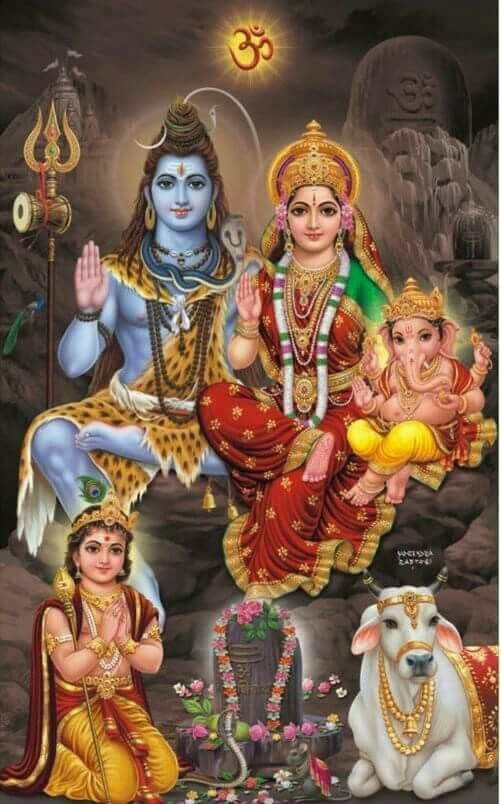
Ganesha and His Broken Tusk
If you've ever taken a close look at Lord Ganesha, you'll notice a broken tusk. According to mythology, as Ganesha began writing the Mahabharata, the feather he was using to write broke.
Ganesha broke his tusk and wrote with it to stick to the condition of writing continuously.
Some also believe that Lord Parashurama cut off one of Ganesha's tusks when he refused to allow him to enter the Shiva residence and see Lord Shiva, who was busy meditating.
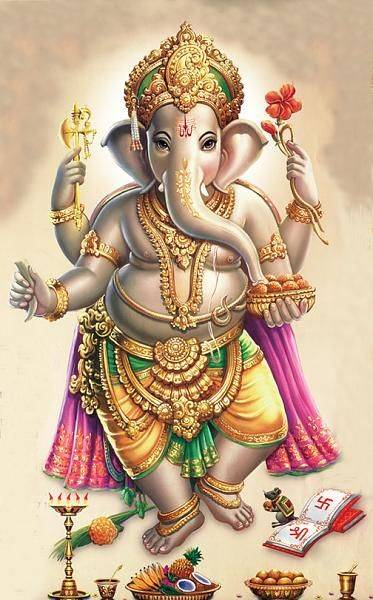
Why did Lord Ganesha ride a mouse as his vechile?
In ancient times, when agriculture was the major source of subsistence, rodents were one of the most significant obstacles to prosperity.
Rodents would destroy crops and consume stored grains
Lord Ganesha, by using a mouse/rat as his vehicle, is symbolically shown to have conquered this problem, thus maintaining true to his name and work as the destroyer of obstacles.
Another explanation is that since mice and rats can crawl through tiny holes and narrow routes, Lord Ganesha was able to reach every corner of the planet and perform his task as the destroyer of obstacles.
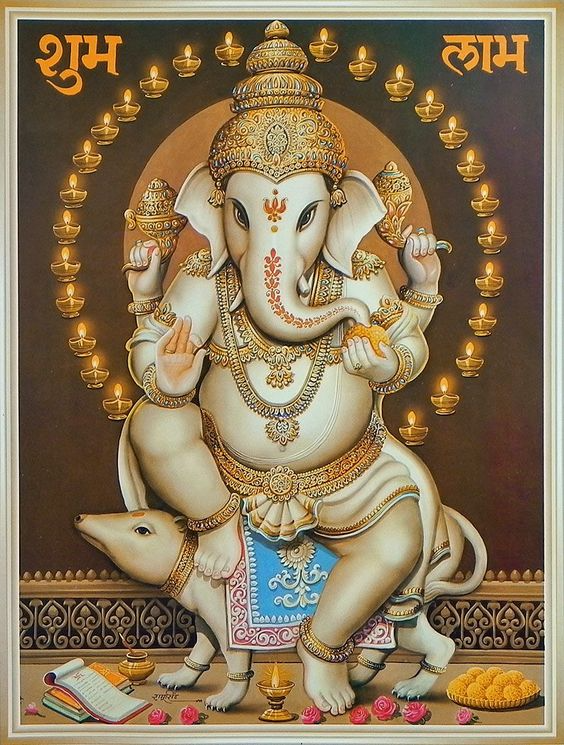
How has Lord Ganesha's image been exploited in society today?
Lord Ganesha has become a commodity, with sculptures, keychains, clothing, jewellery, movies, video games, books, calendars, stickers, bags, toys, and more that are now available.
Harrods stops selling Ganesha handbag after backlash from Hindus
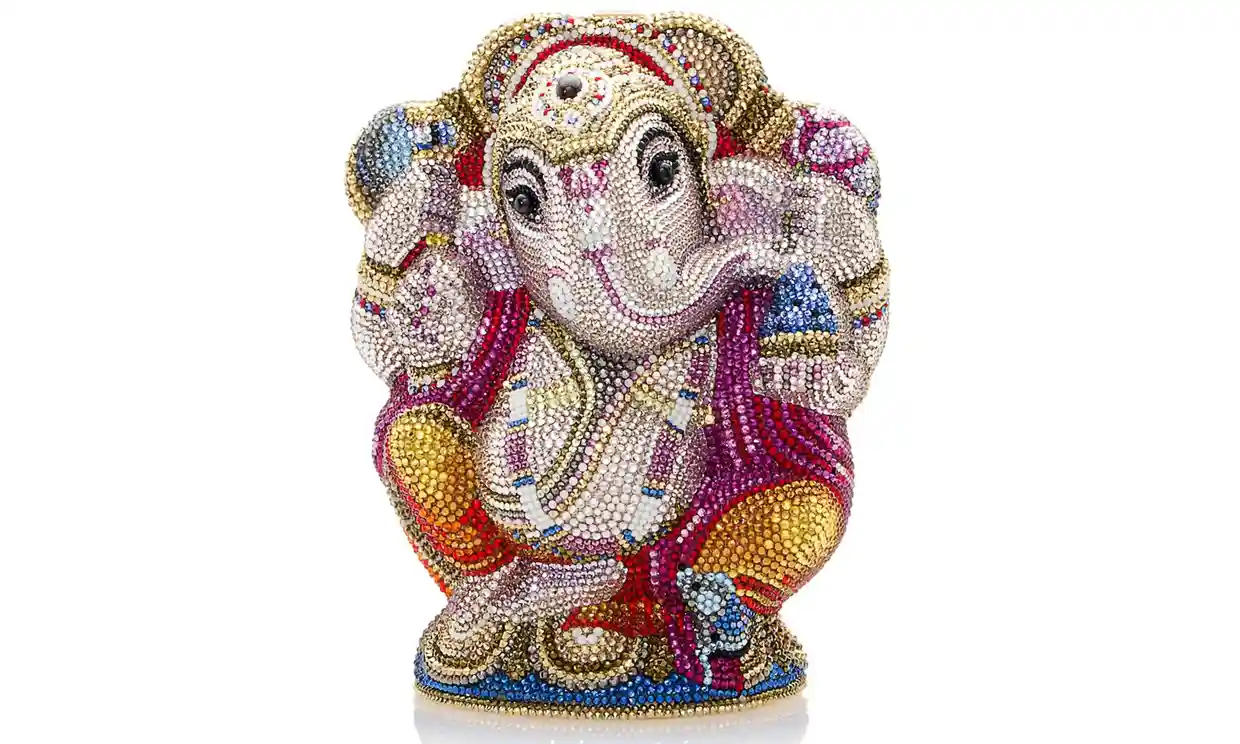
Harrods has discontinued the sale of a luxury handbag after the item sparked outrage among the Hindu community.
The purse, by the New York label Judith Leiber, is a leather clutch sculptured with the Hindu god Ganesha.
Many Hindus considered the image of the god on a handbag to be demeaning and commodifying of their religion.
They believe in non-violence toward animals, hence the usage of leather is regarded as inappropriate, particularly in this setting.
Following a social media outrage, Harrods removed the item, which retails for £6,340, but many were left wondering how it came to carry the item in the first place.
Rihanna angers Hindus with 'disrespectful' Ganesha pendant
Rihanna enraged the Hindu community by posting a "disrespectful" Instagram picture in which she wears a diamond-studded necklace featuring the Hindu god Ganesha.
Followers on her Instagram account have objected to the wearing of the god's depiction around her neck as cultural appropriation.
“You’re wearing a deity necklace and a Murthi [image of a deity] of my culture that’s already been culturally appropriated enough,” one user commented."
I hope she returns the necklace because she clearly doesn’t know how to wear it because it’s mad disrespectful,” wrote another.
Urban Outfitters Is Making Money off of a Hindu Deity

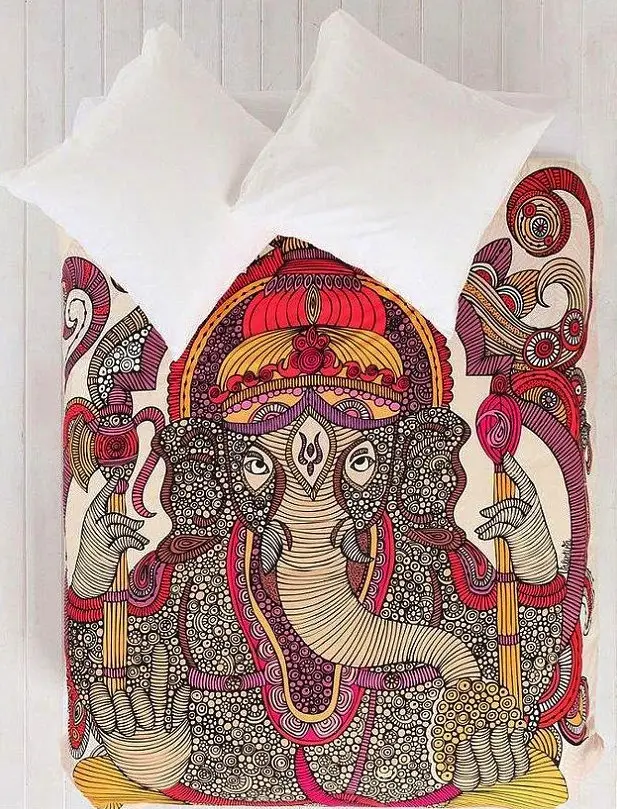
The Hindu community was outraged over the retailer's effort to profit off Lord Ganesha, a Hindu deity.
The company offered an unpleasant pair of Lord Ganesha socks for $8, infuriating Hindus
“Lord Ganesh was highly revered in Hinduism and was meant to be worshipped in temples and home shrines and not be wrapped around one’s feet," said Rajan Zed, president of the Universal Society of Hinduism.
The company also sold a duvet cover with an artwork of Lord Ganesha by artist Valentina Ramos for $129 to $169. Rajan Zed again stated that the deity is meant to be worshipped and “not slept upon.”
You don’t see toilet seats with Jesus on them, but Hindu deities are still frequently misused
Bathroom mats. Toilet seats. Shoes. Dog tags. All of these things have been on the market with images of Hindu deities, especially Ganesha, who is most recognised for his elephant face.
The display of these images in a secular setting, particularly one that is directly opposed to the essential teachings of Hinduism, demonstrates a lack of respect.
Even after many people have stated that a certain use of an image or cultural artifact is offensive, businesses continue to use it, prioritising profits above respect.